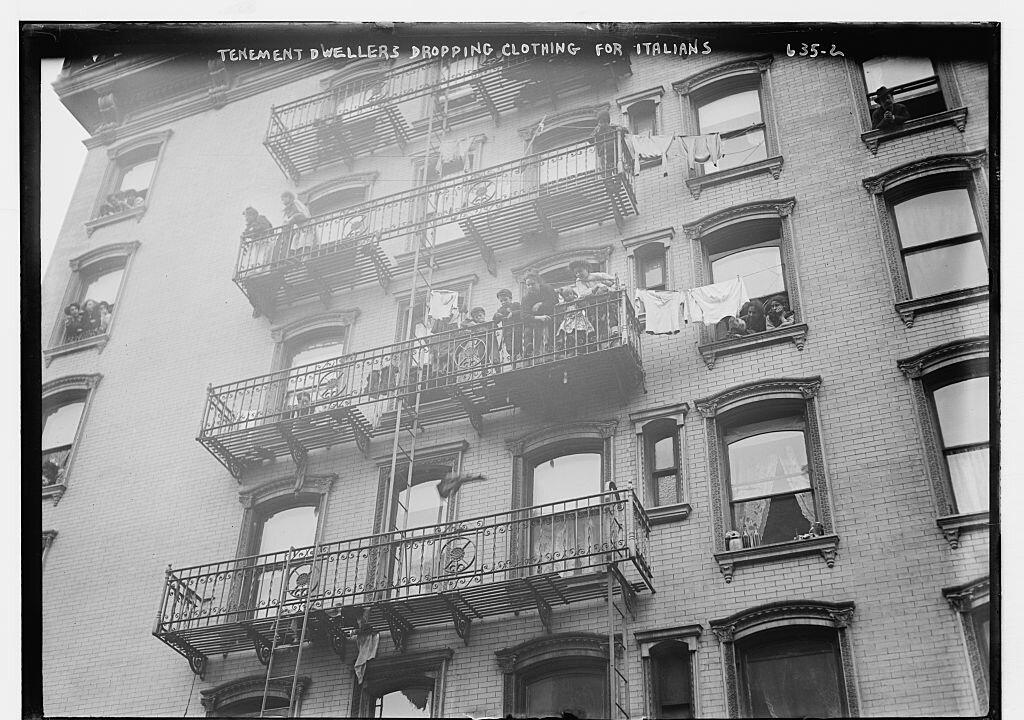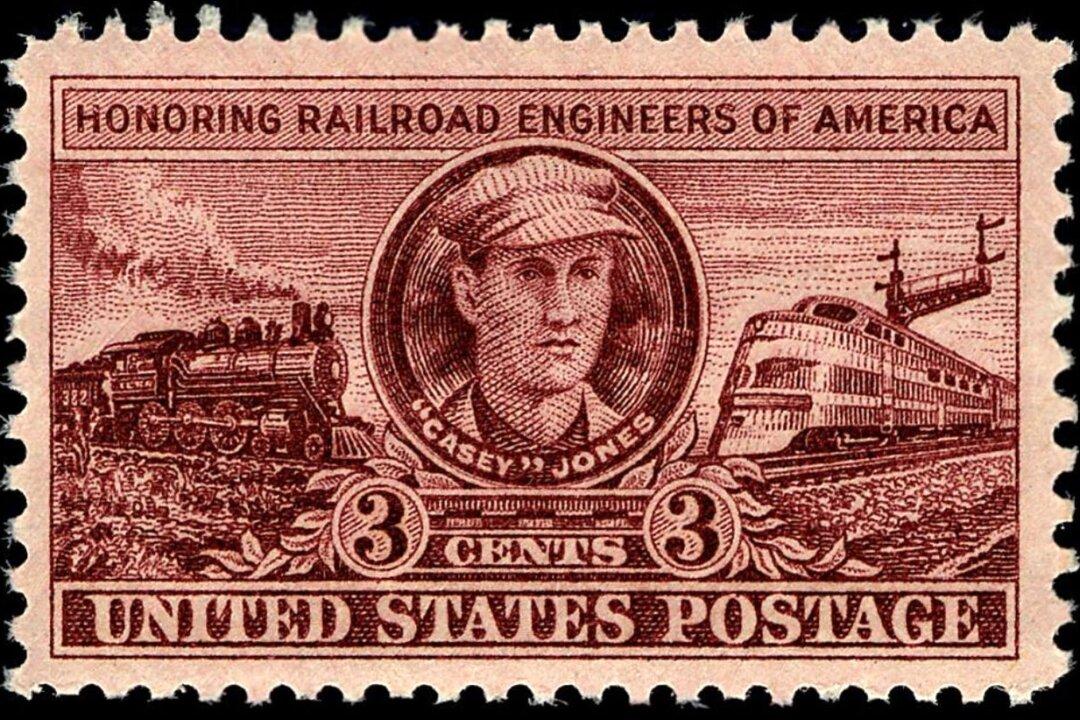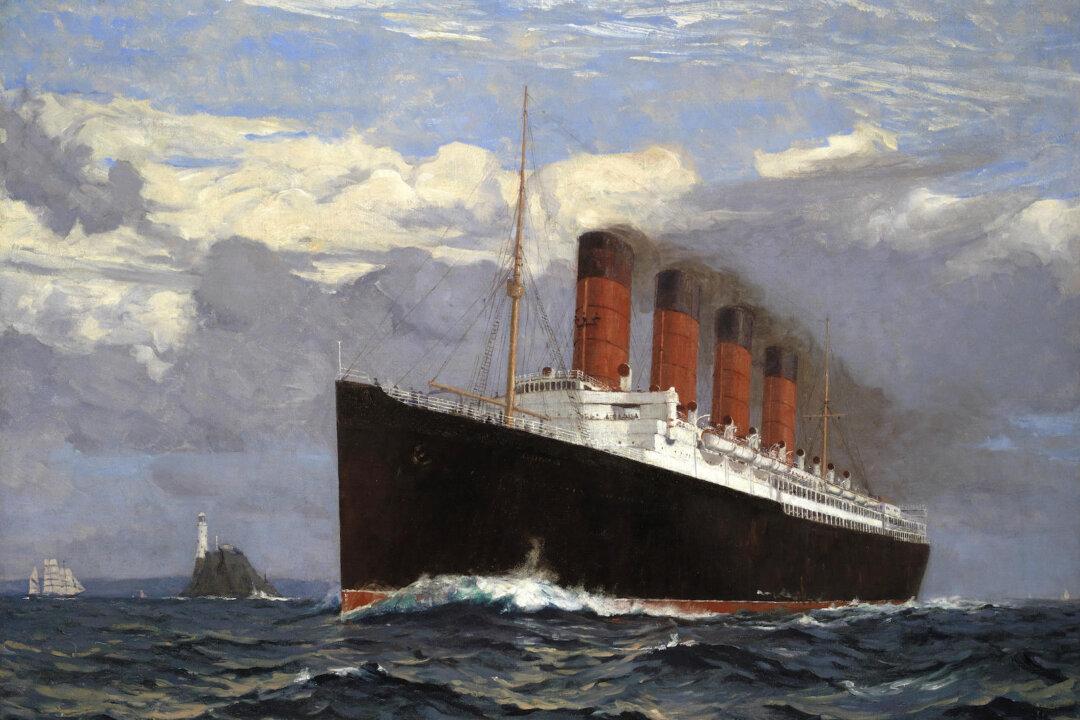He made his living as an artist, but love for family led Samuel Morse (1791–1872) to invent a communication system that laid the groundwork for our lightning-speed technology today, when we have information at our fingertips.
Although raised in Charlestown, Massachusetts, Morse moved when he married and settled his growing family in New Haven, Connecticut. Painting was his passion and he worked hard to improve his skills.






